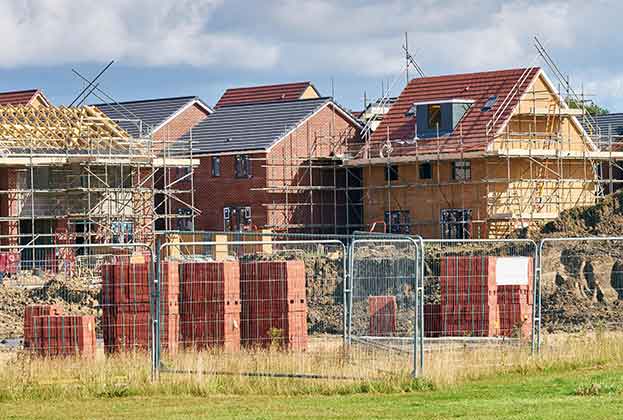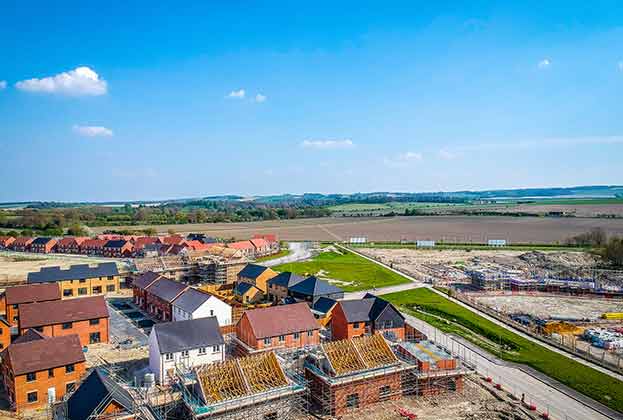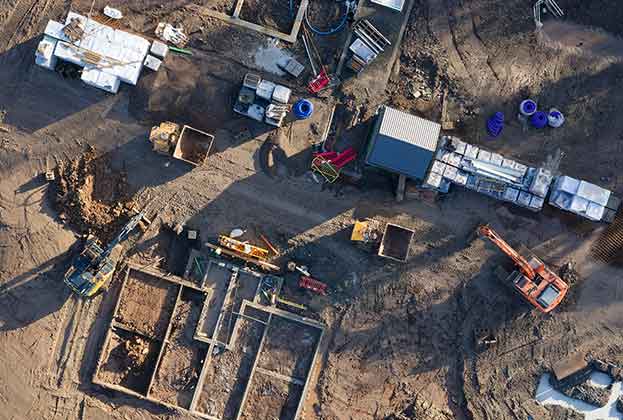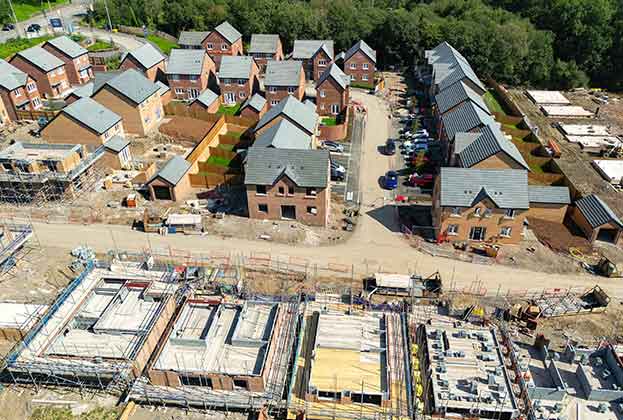The shortage of housing is particularly acute in rural areas; people who grew up and work in the countryside are increasingly finding it difficult to avoid being priced out of their own communities. At the same time, essential services and facilities that are vital to smaller communities, including village shops and pubs, are being lost at an alarming rate – often for the want of a small amount of organic growth in the number of people who live nearby.
This is recognised as a problem by the Housing White Paper, and it is clear that the Government means to drive an increase in the supply of housing within rural communities. Savills thinks the Government could be going further, however.
The White Paper recognises that one of the most significant ways of helping meet the needs of rural communities is through additional support for rural exception sites – small sites in rural areas used for affordable housing for local people.
Nearly all rural local authorities – including those covering Green Belts, Areas of Outstanding Natural Beauty (AONBs) and National Parks – will have rural exception policies, and do support the delivery of affordable housing. However, such policies have a mixed record on delivery – mainly because of issues related to viability and lack of financial incentive for landowners to bring such sites forward.
Stronger support for rural exception sites, including providing an element of general market housing, is to be strongly welcomed. This would help to ensure that homes are affordable for local people and that rural communities remain vibrant with a mix of housing types and tenures.
We would like to see some clarity on the different tenures of affordable housing that would be able to be delivered on rural exceptions sites – and also a flexible approach that helps to ensure such sites are deliverable.
Taken together, proposed reforms set out in the White Paper would potentially allow farmer and rural landowners, including established estates with a significant housing stock under management in the local area, to bring forward rural exceptions sites comprising affordable private rented housing with a proportion of general market private rented housing, which they would be able to manage themselves.
This is a model that we believe could provide rural housing in established rural communities and which would add up to a potentially significant level of growth nationally. It would also help the financial viability of many historic estates.
The proposed new permitted development right, enabling conversion of agricultural buildings into a maximum of five new homes, would also increase housing delivery. However, its purpose should not be restricted to the creation of dwellings to house rural agricultural workers. An element of flexibility should be given in order to help meet local need as well as house rural workers.
Often, the greatest level of housing need for rural workers, and highest demand from local people, is within AONBs and National Parks due to higher than average house prices and rents which price people out of the area. Allowing such permitted development in these areas could significantly contribute to the delivery of more affordable homes precisely in the areas where they are needed most.
Further information
Contact Savills Rural Services and Savills Planning & Development
.jpg)



.jpg)


.jpg)

.jpg)
